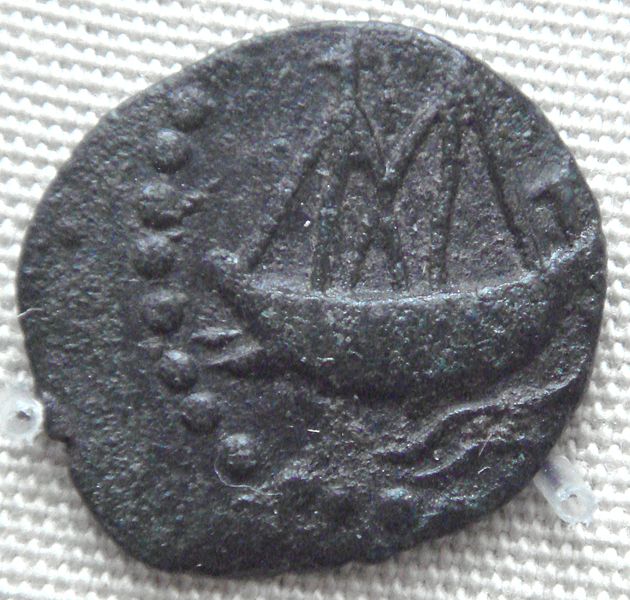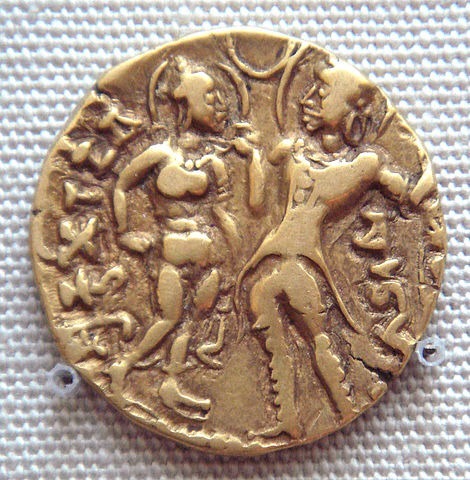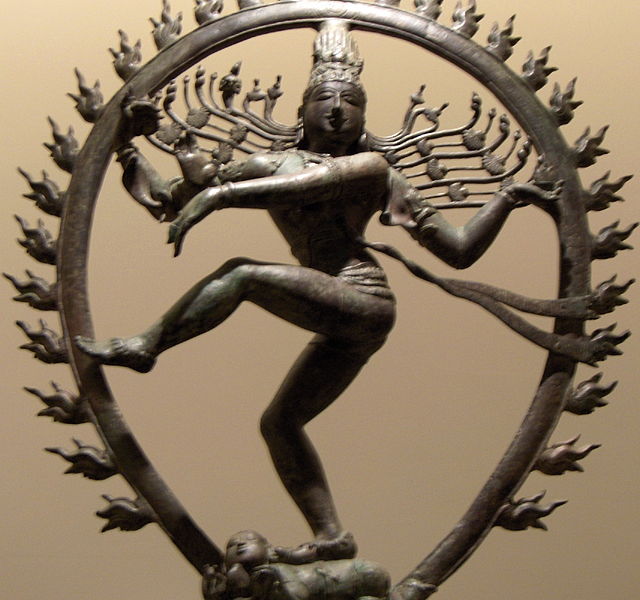Bronze is basically an alloy, traditionally composed of copper and tin. Modern Bronzes contains other metals such as Lead, Aluminum, Manganese, or Zinc.
The art of Bronze casting is one of the most ancient and widespread art forms. Archeologists say that Indians become familiar with the usage of bronze about 4000 years before. Copper Age was followed by the Bronze Age.
Indo-Greek coins in the ancient period made with bronze dates back to 170 BC. Indians had trade relations with Rome and China when bronze coins are in use.
Bronze played an important role in the world of Indian art.Ancient people of India used bronze for casting weapons, coins, daily utensils, and worship statues.
In Asia Bronze casting techniques are mostly used in religious significance.In India, bronze sculptures have been found from Kushana, Chola, Pallava, and Gupta Dynasties.
The Indus Valley civilization(3300 BC – 1300 BC)is said to be a Bronze Age. This period is also known as the Harappan Civilization. The main inhabitants of Harappa are Dravidians.
The Harappan culture developed new techniques in metallurgy and its use become common in later period. Bronze were used in the creation of weapons, coins, and statues.
Here in Tamil Nadu,Bronze art and sculpture reached its finesse during Chola Dynasty and Pallava Dynasty. Hindu artisans from this period used bronze to create intricate statues of deities of Hinduism mostly and the lifestyle.
The Hindu Artisans used the lost wax casting method, is the process by which a duplicate metal sculpture is cast from an original sculpture.
Cholas and Pallavas used Bronze sculptures models specifically for detailing ornaments of statues. Bronze statues of Hindu Gods and Goddesses are mainly used for worshiping in temples or in individual households.
It is been said that in India in the period of Pallavas, the bronze sculptures and art came in their form of their own. The artistic works of this time is an example of simplicity and elegance.
Chola Dynasty (9 th century until the beginning of 13 th century), Cholas’s kings contributedto culture and art of South India majestic architecture of temples and sculptures.
Cholas period is considered as the remarkable period for its Bronze sculptures and art. It is the great age of Bronze sculpture. Huge Bronze images in large numbers were created.
The finest Chola masterpieces are the bronze statue of Siva Nataraja at Metropolitan Museum of Art, New York City.





